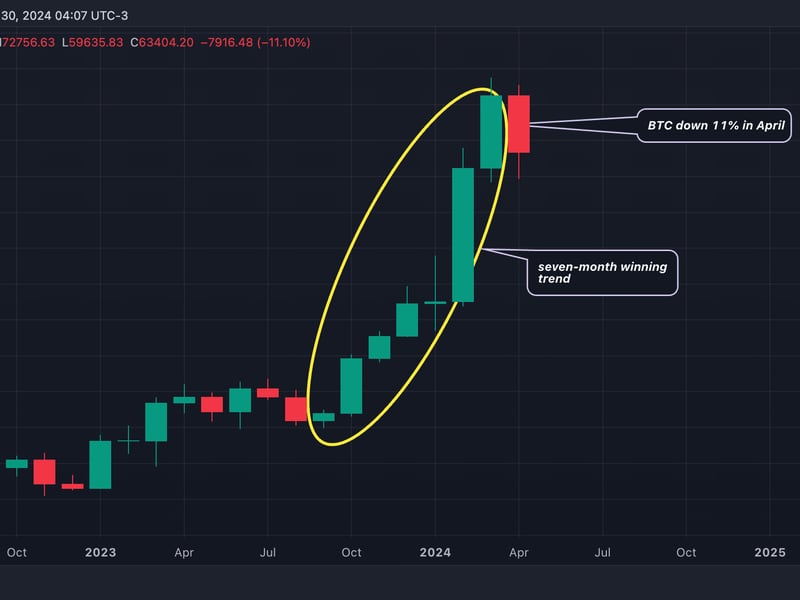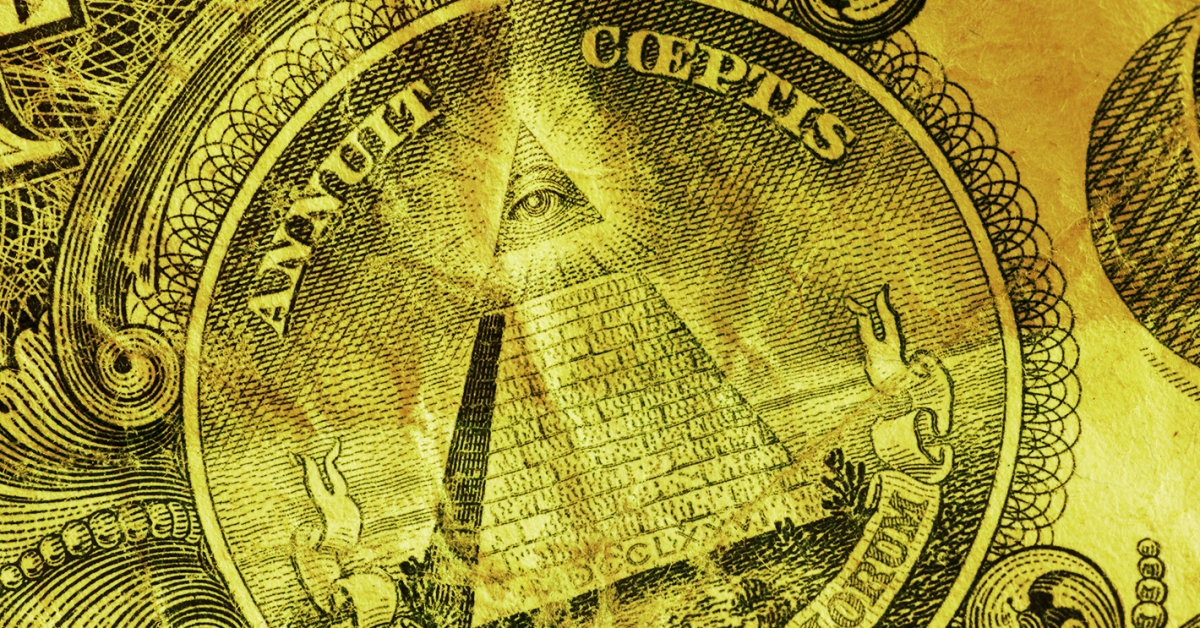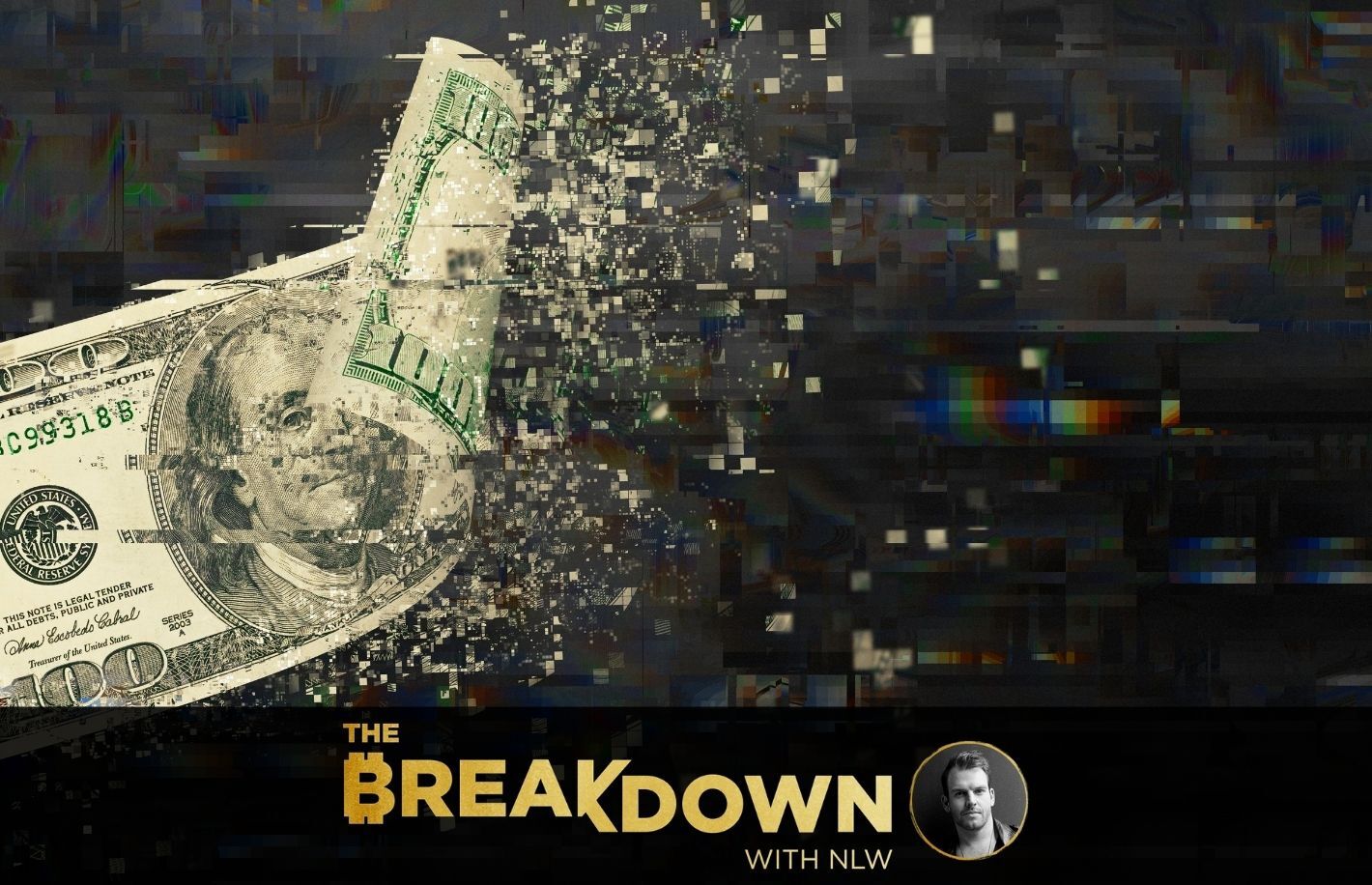Blockchain Bites: Ethereum’s Lifestyle Brand, Twitch’s Crypto Discounts and MakerDAO’s $1B Milestone
(Ibrahim Rifath/Unsplash, modified using PhotoMosh)
Blockchain Bites: Ethereum’s Lifestyle Brand, Twitch’s Crypto Discounts and MakerDAO’s $1B Milestone
Twitch is offering discounts to subscribers paying in crypto, a federal court ruled bitcoin is money and R3 Corda’s blockchain is a big thing in Italy’s banking system.
You’re reading Blockchain Bites, the daily roundup of the most pivotal stories in blockchain and crypto news, and why they’re significant. You can subscribe to this and all of CoinDesk’s newsletters here.
It’s Settled
R3’s Corda blockchain is used by 55 (~85%) Italian banks for interbank reconciliation, speeding up the process of double-checking transaction logs. The country’s Interbank Agreement was updated in May 2019 to include data standardization opening a window for blockchain processes to be implemented. Using the old system, the average time for reconciliation was between 30 and 50 days. On Corda, reconciliation is completed within a day. Separately, BCB Group is launching a SWIFT alternative for instant cash-crypto settlements for several European currencies.
XRP Purchases?
Payburner is a new, non-custodial payments platform based on XRP that will work on the Chrome and Brave web browsers. Built as a labor of love by Ripple executive Craig DeWitt, the platform leverages Xpring, a Ripple project that provides tools and funding for developers and startups working with XRP. Released in beta, Payburner can be used to purchase goods online using the XRP cryptocurrency.
Twitch Hitches With
Twitch is giving subscribers a 10% discount if they pay in bitcoin, ether, bitcoin cash or litecoin. The Amazon-owned company, with around 3.8 million broadcasters in Q1 2020 and around 1.44 million concurrent users as of March 2020, announced the deal on Saturday. Twitch first introduced a cryptocurrency payment option in 2014, removed it in early 2019 and brought it back a few months later. The company uses the U.S.-based BitPay to process its crypto payments.
Decentralized Derivatives
FTX will launch an exchange for the growing DeFi space on top of the Solana blockchain. Called Serum, the decentralized exchange will be geared towards derivatives, and aims to solve some of the structural vulnerabilities and limitations in the existing DeFi space. Solana claims it can process 50,000 transactions per second, compared to Ethereum’s 15. The new dex will be fully interoperable with Ethereum so it can tap into the existing DeFi space, which saw its market cap break the $4 billion boundary over the weekend.
Bitcoin Is Money
Bitcoin is a form of “money” in Washington, D.C., a federal court said Friday. The ruling came as part of the United States v. Harmon, where Chief Judge Beryl A. Howell wrote that money “commonly means a medium of exchange, method of payment, or store of value… Bitcoin is these things.” The court’s decision to define bitcoin as money was in the context of a case alleging money laundering under federal law. Neeraj Agrawal, director of communications at Coin Center, said the court’s comments mean that bitcoin “is treated as money in the context of money transmission licensing in D.C., nothing more.”
Quick bites
- China’s BSN “has attracted more than 6,000 enterprise, government and individual users” (Bloomberg)
- Cardano’s latest upgrade is primed for launch (Decrypt)
- Bitmain spin-off Matrixport is launching a crypto derivatives exchange (The Block)
- How billion-dollar crypto scams lure victims (Bitcoin.com)
- Leading Austrian telecom provider adds crypto to a cashless payment network
At stake
The decentralized finance (DeFi) space crossed a milestone: MakerDAO’s total value locked-in is now over $1 billion. $1.1 billion, to be exact.
Built primarily on the Ethereum blockchain, DeFi has become crypto’s most vibrant sector. Nearly $3.6 billion is currently flowing through its interlinked protocols and applications, up from $1 billion in early February, according to DeFi Pulse.
It’s the latest emergent industry that the “world’s computer” has unlocked. In just five years, Ethereum has given rise to crypto’s most promising use cases – and some of its biggest regrets.
From ICOs to stablecoins, and dapps to DAOs, Ethereum’s programmable, decentralized network has grown into a platform for real financial and technological experimentation. Plus, as CoinDesk’s Leigh Cuen reporters, Ethereans know how to have fun while disrupting everything.
CoinDesk is marking Ethereum’s five-year anniversary this week with a special package of reported stories, live streamed conversations and a pop-up newsletter, all celebrating Ethereum at Five. You can subscribe to the special Substack newsletter here.
Market intel
The Golden Context
Bitcoin finally passed the $10,000 mark over the weekend. First Mover asks why this hadn’t happened sooner. In the past month, fears of stagflation have settled in due to the greenback’s devaluation and an underutilized labor market in the U.S. This has pushed gold’s prices – seen as a hedge against inflation – to all-time highs of $1,940 (passing the previous ceiling of $1,921 an ounce in 2011). Bitcoin, meanwhile, has been stuck in a narrow trading range since April and only recently passed the $10,000 threshold, approximately half of its 2017 all-time-high of $20,000. “Bitcoin has its own microeconomics very unique to crypto, including mining difficulty cycles, the changing regulatory environment and other factors that have little to do with inflation,” Richard Rosenblum, co-founder of GSR, said. Subscribe here to get First Mover directly in your inbox.
Mining Profits
Ethereum miners’ daily income has soared over 60% in a month, according to Sparkpool. The profitability is tied to soaring transaction fees and relatively slow growth in competition from other miners. Daily income was around $1.85 per 100 megahashes second (MH/s) on the network on June 27, rising as high as $3.27 on July 25. This surge has outpaced ether’s (ETH) price jump of 40% over the same period.
Opinion
Crypto’s Outthinking Fintech’s Box
Crypto is so much more than fintech. In the latest Crypto Long & Short newsletter, CoinDesk’s head of research, Noelle Acheson, argues fintech is a tired word to describe financial innovation. While crypto creates new pathways for moving money around and generating returns, it’s also a data innovation and an innovation of authority, leading to new and revised ideas of what money is and can be. “Given the impact of crypto-based innovation on our understanding and application of financial concepts, surely we can come up with something better. Using a tired catch-all for something so significant is like trying to put a formidable force into a tidy bucket.
Podcast
Known Unknowns
What is the future of decentralized exchanges in a regulatory environment shifting towards greater transaction monitoring and know-your-customer (KYC) constraints. CoinDesk’s Anna Baydakova sits down with executives and contributors to Hodl Hodl and Bisq – which eschew centralized custody – to discuss the responsibilities, risks and rewards of dealing in crypto without revealing your identity.
Who won #CryptoTwitter?


Disclosure
The leader in blockchain news, CoinDesk is a media outlet that strives for the highest journalistic standards and abides by a strict set of editorial policies. CoinDesk is an independent operating subsidiary of Digital Currency Group, which invests in cryptocurrencies and blockchain startups.









